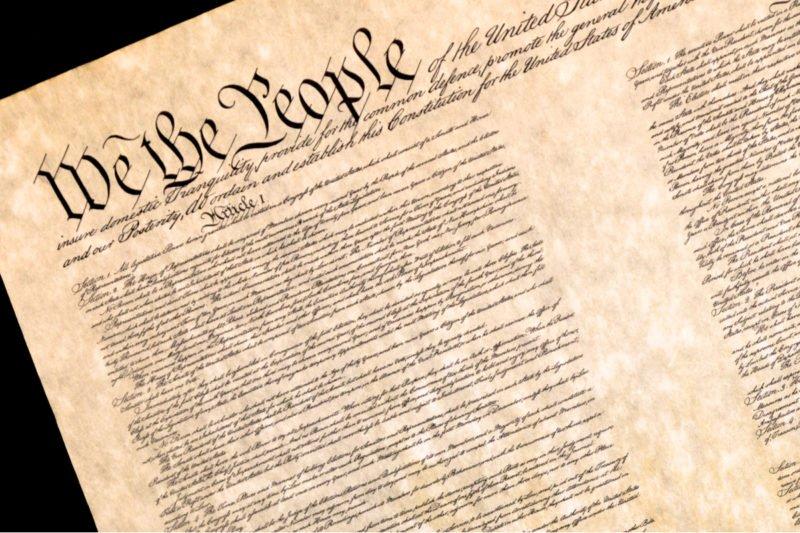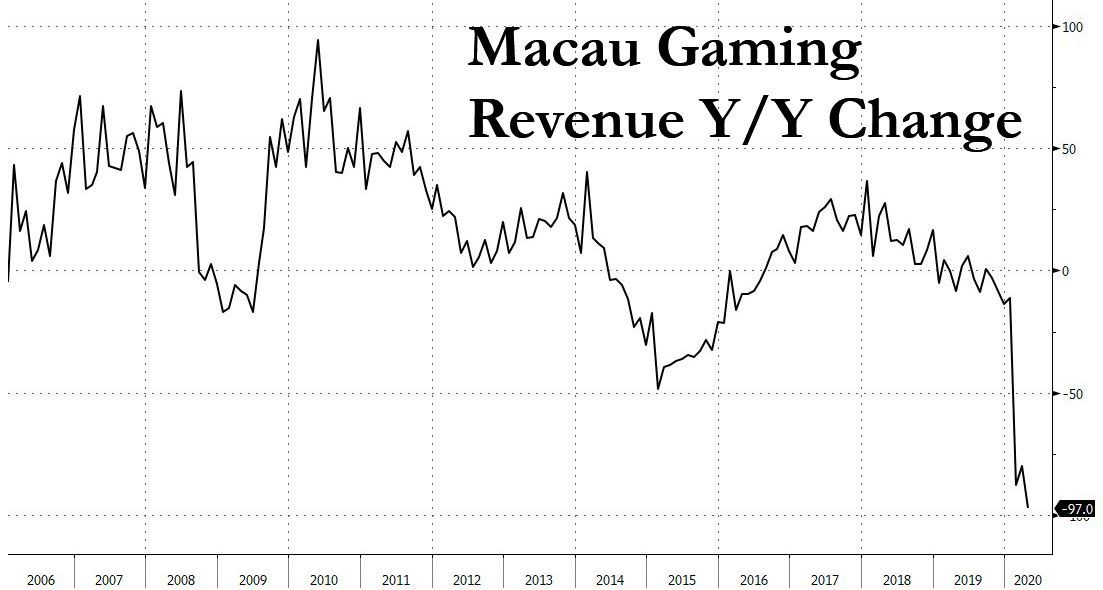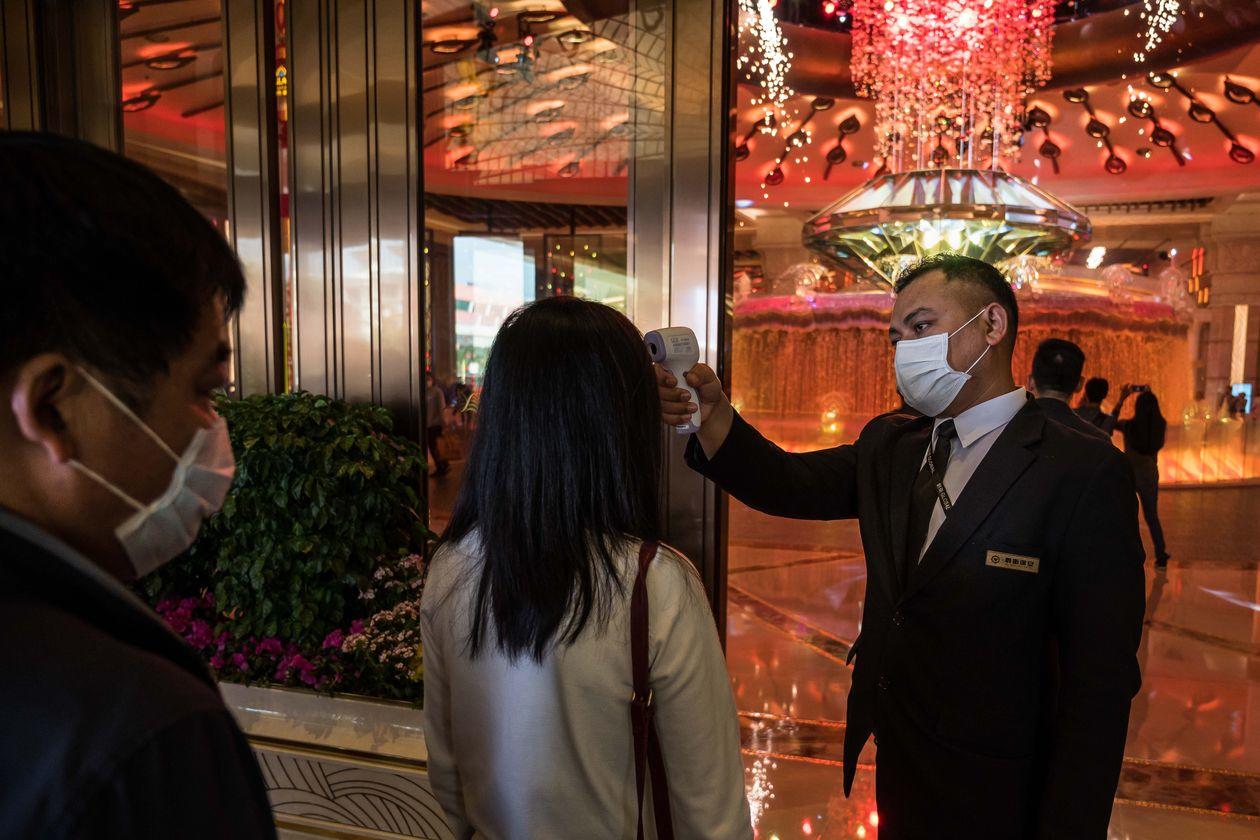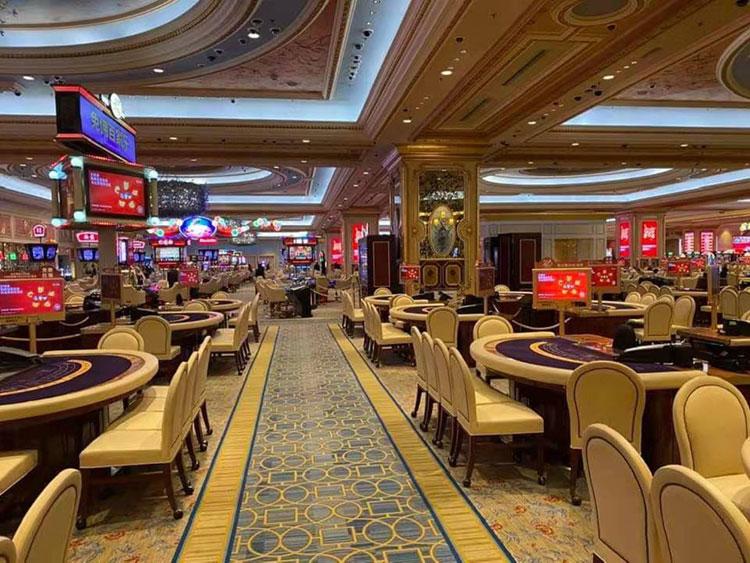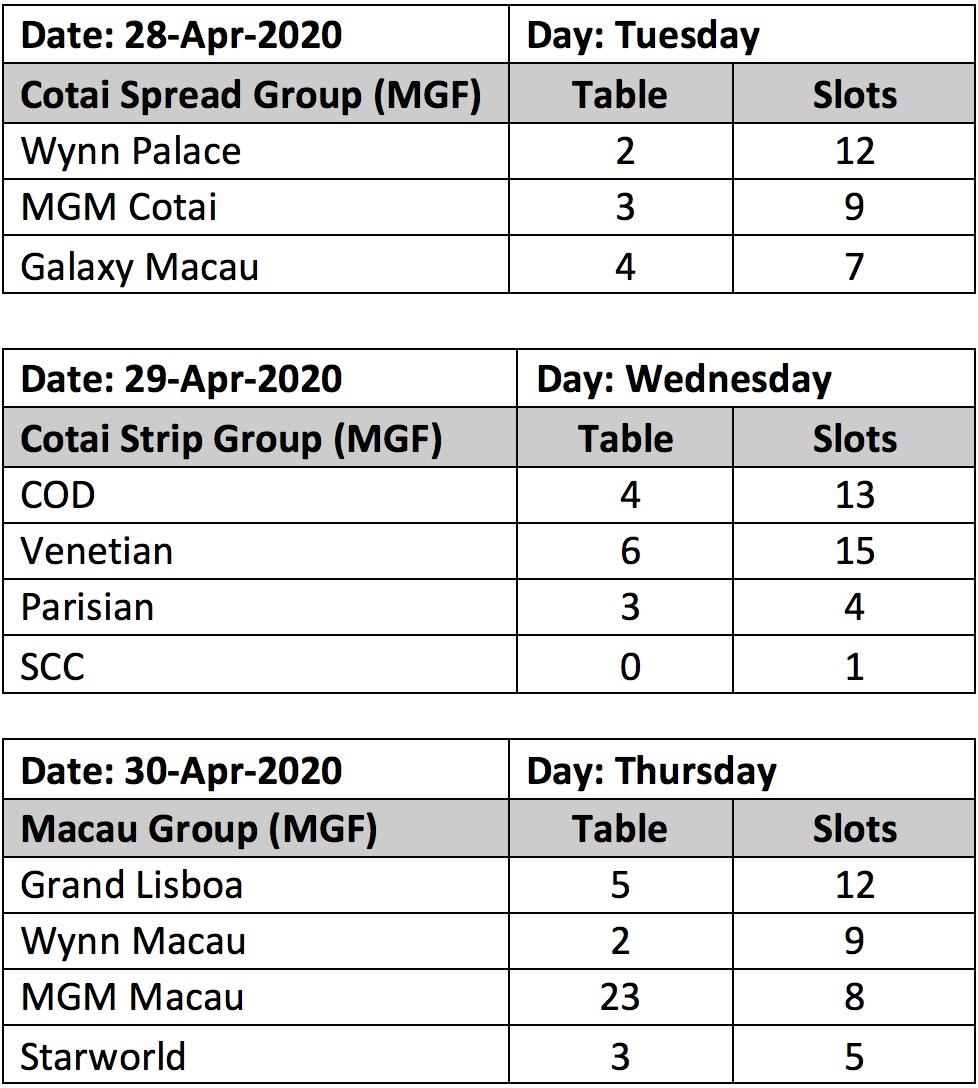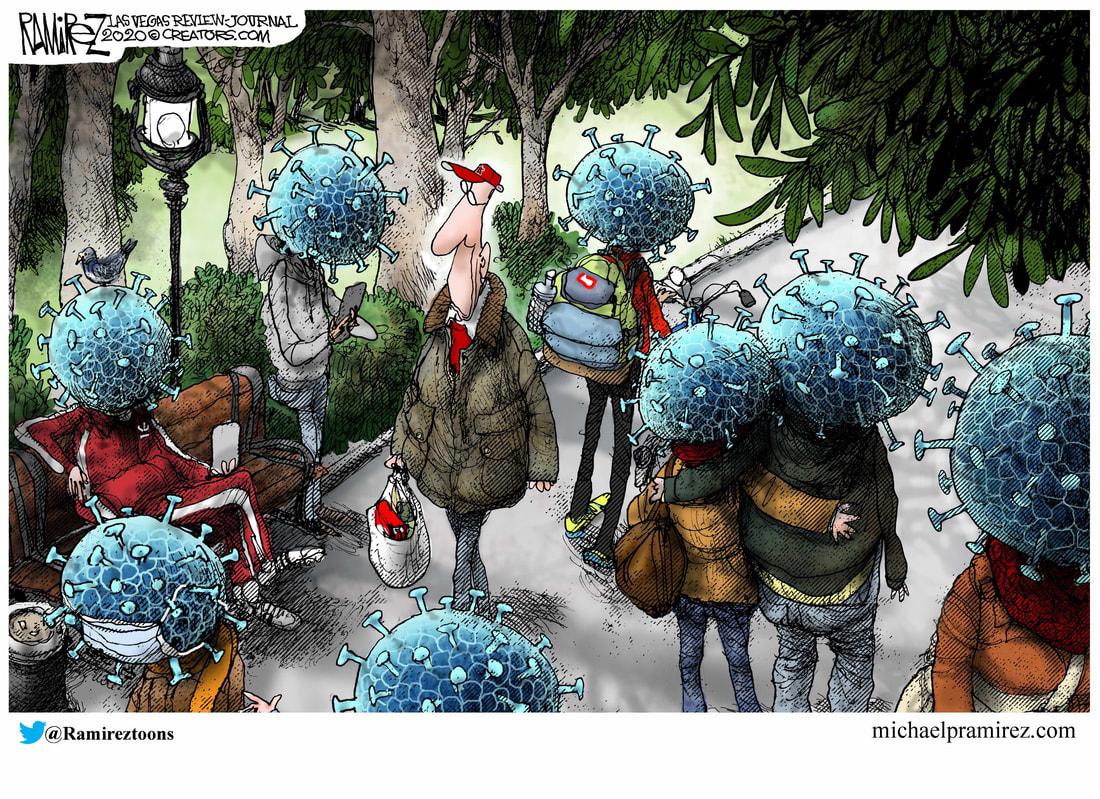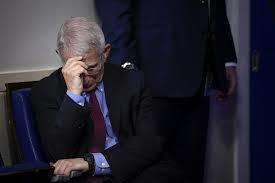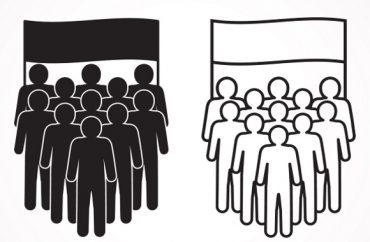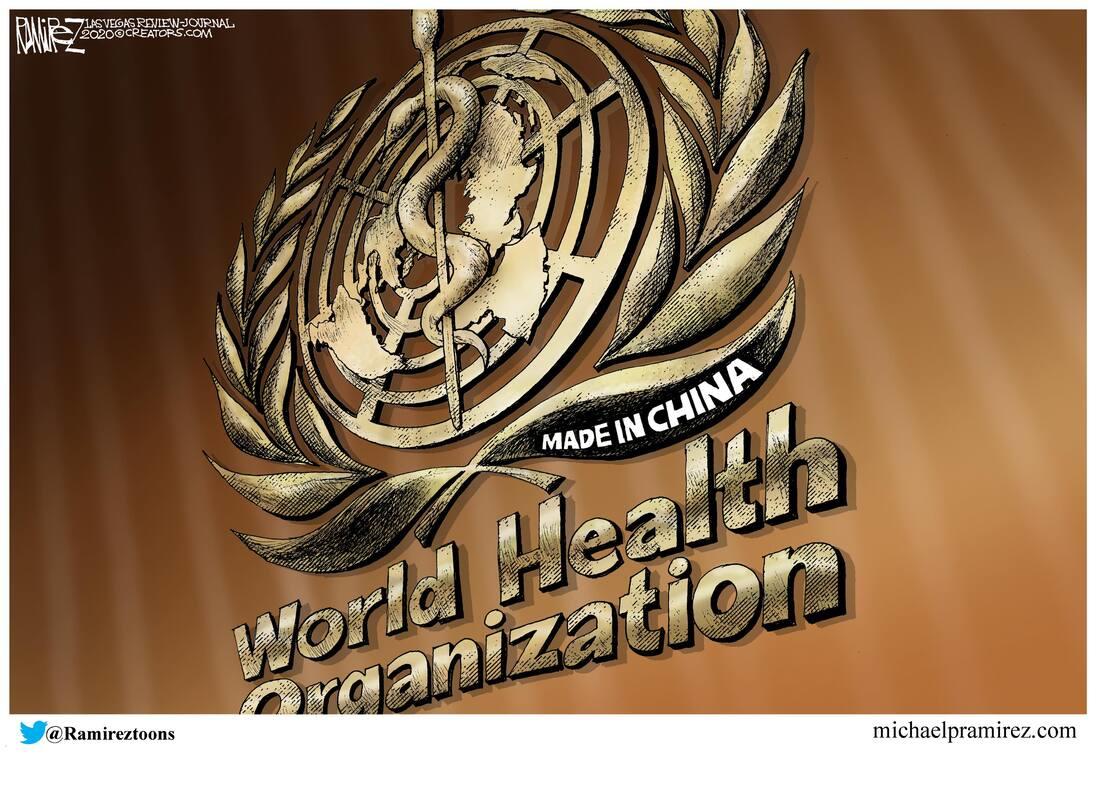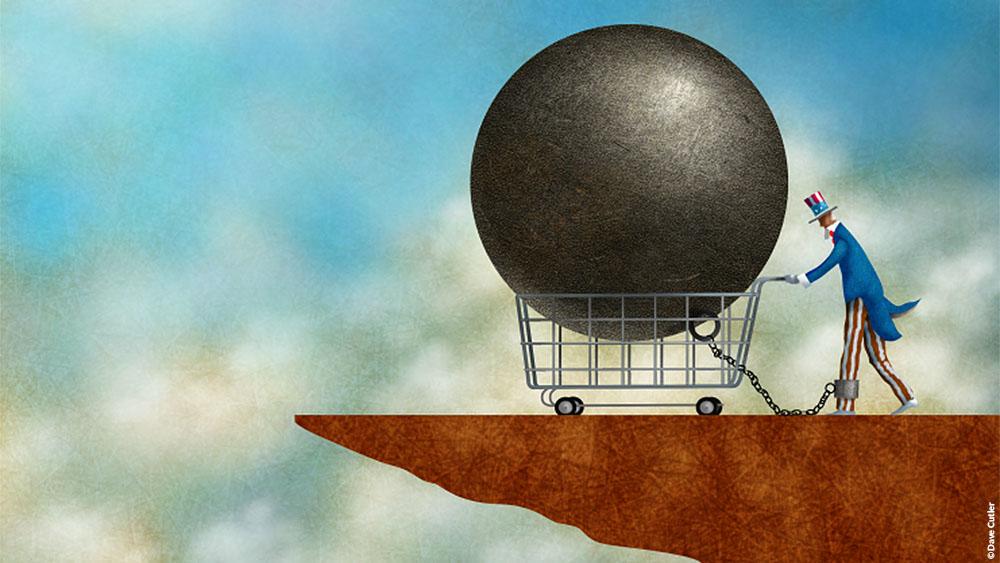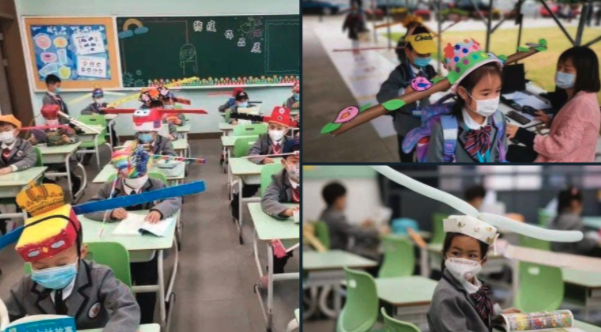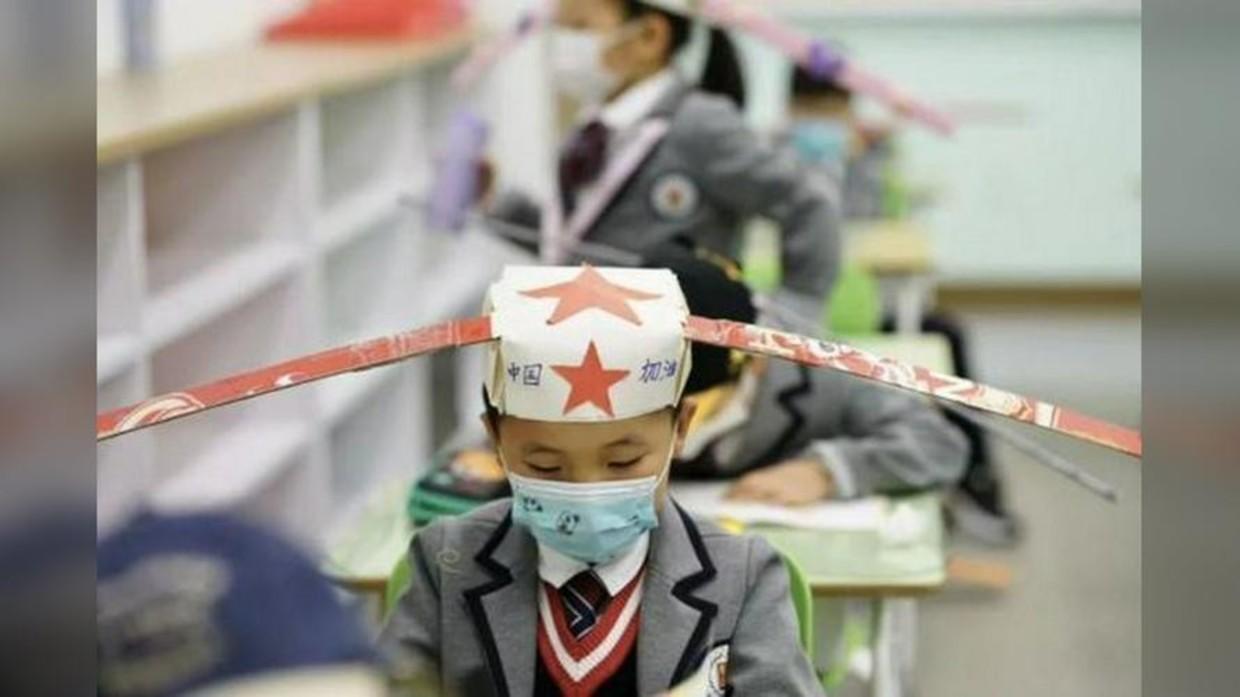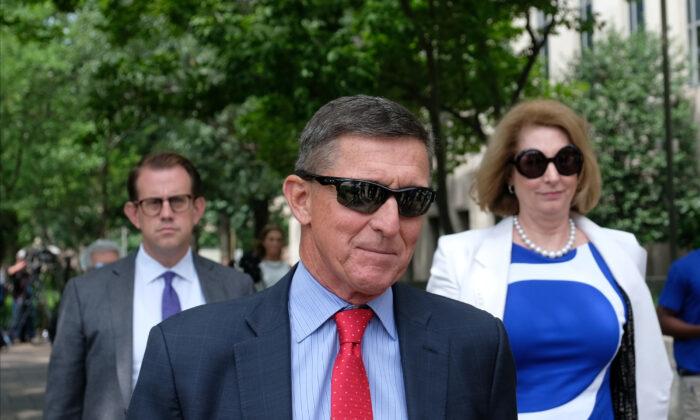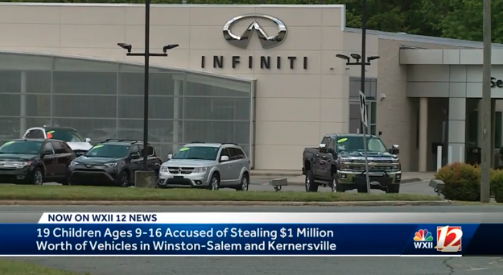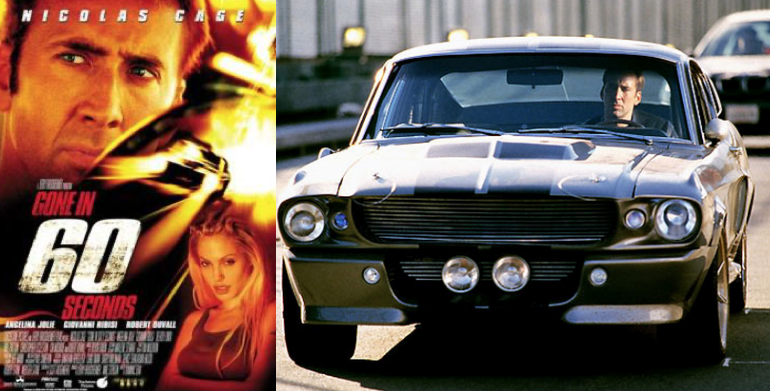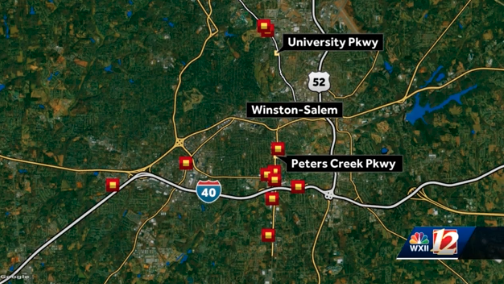The coronavirus has broken everyone’s windows, and the glazier cannot leave his house to fix them.
In his classic essay, “That Which Is Seen, and That Which Is Not Seen,” Frédéric Bastiat describes a pane of glass smashed by a shopkeeper’s careless son. He imagines a crowd gathered around. “It is an ill wind that blows nobody good. Everybody must live,” the gawkers mutter comfortingly, “and what would become of the glaziers if panes of glass were never broken?”
Bastiat’s great contribution to popular economics was to succinctly and memorably ask his readers to look beyond the obvious, or seen, economic activity—the reglazing of the broken window—and consider also what has been foregone, the unseen. “As our shopkeeper has spent six francs upon one thing,” Bastiat patiently explains, “he cannot spend them upon another. It is not seen that if he had not had a window to replace, he would, perhaps, have replaced his old shoes, or added another book to his library.”
COVID-19, the disease caused by the novel coronavirus that originated in Wuhan, China, and has since swept across the globe, is the ill wind that blows nobody good. The window is broken, the glazier cannot come to fix it, and neither the cobblers nor the bookbinders have worked in weeks.
Human beings and markets thrive on certainty and predictability. Rule of law is preferable to rule by men for this reason. But while rule of law has not broken down in most affected countries—at least not yet—the rule of emergency order is far from desirable.
As things stand, most people and businesses are uncertain about not only what conduct is safe if they are to protect themselves and others from sickness and death, but also what is legal as they try to protect themselves from financial ruin.
Restaurateurs in Los Angeles, for instance, were ordered to close their dining rooms in order to prevent disease transmission. Those men and women, faced with deep freezers and pantries full of food in a city where many were struggling to get groceries, saw an obvious solution—they could temporarily become grocery stores. Unfortunately, that’s illegal. The city attempted to fix the problem by waiving the regulations prohibiting such storefront conversions but only managed to get halfway there, legalizing grocery delivery from those shops but not in-person purchasing.
In many places, shelter-in-place, curfew, quarantine, and lockdown orders have been difficult to interpret and spottily enforced, and the definition of “essential workers” who can continue to move about to do their jobs has been blurry and confusing. Law enforcement is empowered far beyond what the typical officer is equipped to handle. A Pennsylvania woman driving alone in her own car was pulled over and fined at the end of March for violating social distancing orders—never mind that the only person she had contact with on her drive was the cop who flagged her down. The fine was eventually dropped, but the uncertainty remains.
Texas law enforcement charged a teenager with making a “terroristic threat” during the first week in April after she posted a Snapchat of herself suggesting she would “infest” others in a Walmart. She did not, in fact, have COVID-19, nor did she act on her ambiguously worded comments. She was nonetheless booked and then released on a $20,000 bond with a 21-day quarantine order.
Even the various stimulus, aid, and rescue packages, totaling more than $3 trillion at the time of writing, are a source of uncertainty. While some of the larger industry bailouts were negotiated upfront by folks with lawyers who have done this before, individuals have no idea if or when their checks will come. And small businesses struggle to understand the terms and availability of the billions in loans meant to keep them afloat, even as Congress squabbles over authorizing yet another tranche of loans.
And there is an inexplicable clamor, even from those who least trust or respect the president, for him to more aggressively invoke the Defense Production Act to direct certain producers to manufacture needed medical equipment. The unseen costs of handing over production decisions in crucial industries to politicians and bureaucrats would be unthinkably huge—and largely unnecessary in a scenario where the best business and philanthropic minds have already bent their considerable resources to the same task.
In March, the Department of Justice requested that Congress allow the U.S. attorney general to ask courts to suspend court proceedings. These would have included “any statutes or rules of procedure otherwise affecting pre-arrest, post-arrest, pre-trial, trial, and post-trial procedures in criminal and juvenile proceedings and all civil process and proceedings,” and the move would have applied for up to a year following the end of a national emergency, Betsy Woodruff Swan reported in Politico.
Luckily, we are not yet so far gone that that seemed like a good idea. Sen. Mike Lee (R–Utah) tweeted “OVER MY DEAD BODY”; Senate Minority Leader Chuck Schumer (D–N.Y.) wrote, “Two Words: Hell No”; Rep. Alexandria Ocasio-Cortez (D–N.Y.) tweeted, “Absolutely not” and was then seconded by Doug Stafford, chief strategist for Sen. Rand Paul (R–Ky.), who quoted her and tweeted, “Agreed.” For now, this much at least remains predictable.
We do not know when public life and private business will once again be functioning in a way that approximates pre-coronavirus normality. We do not know how bad it will get before then. We do know that rolling back these incursions on civil and economic liberties will be the work of a generation—and that paying for the trillions in emergency spending authorized with little oversight and even less public debate will be the work of a generation as well.
In our desperate search for certainty, we obsessively track trend lines, wondering every day if that upward curve showing new coronavirus infections might be flattening. But the truth is that we aren’t even sure what happens after the curve goes flat. The nations that are ahead of the United States on this trajectory are mere weeks ahead. And the big breakthroughs may be days, weeks, or months away.
Much has been made of “deaths of despair” in recent years in the academic literature. But with the economy partially shuttered by government edict, we may well see a wave of such deaths that will make the earlier Rust Belt suicides and overdoses look like a statistical wobble.
These new deaths of despair will be in response to the windows that COVID-19 has broken—the parents and grandparents dead, the work of thousands of lives left unfinished, the educations suspended, the milestones postponed—but they will also be because the glazier cannot go to work to fix those broken windows and because the shoemaker and bookseller have no customers for their wares. As long as it is neither safe nor legal to conduct our normal business, even Bastiat’s seen economic activity is beyond our reach. The unseen doubly so.
There are some, even now, who fondly anticipate a world in which the lockdowns are lifted and every glazier is working full steam, busily repairing that which was broken. But the prospect of that busy industry must fill us with equal parts of hope and despair. The window can be replaced, but the unseen economic losses cannot be undone.
For Reason‘s package of COVID-19 content—how red tape stymied testing efforts, the lasting effects of emergency restrictions on liberty, why the stimulus package is a gift to crony capitalists everywhere, and more—go here.
from Latest – Reason.com https://ift.tt/2KQaekf
via IFTTT
